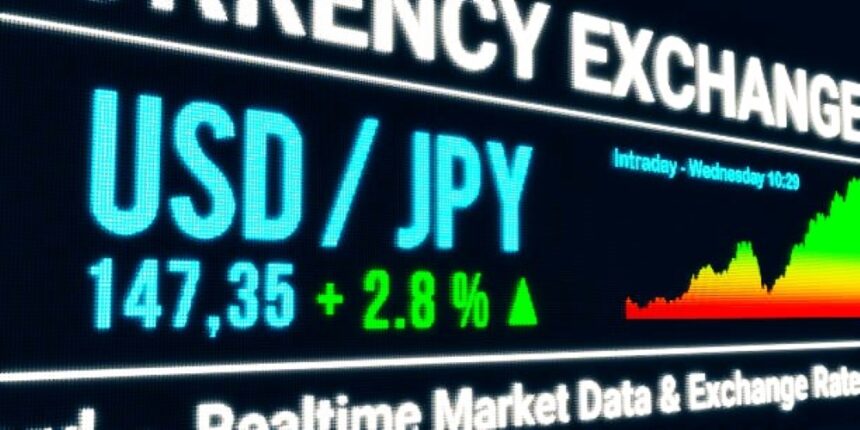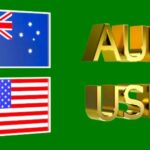Japanese yen continues to fall as the Bank of Japan’s Summary of Opinions suggests no immediate intentions for further rate increases.
The Japanese yen (JPY) fell for the second day in a row after the Bank of Japan (BoJ) released its Summary of Opinions from September’s Monetary Policy Meeting, as well as mixed economic data on Tuesday.
The summary implies that there are no immediate intentions for additional rate hikes, emphasizing the importance of stability and cautious communication. The BoJ seeks to continue its accommodative posture while remaining open to make modifications if economic conditions improve significantly.
Japan’s Tankan Large Manufacturing Index stayed stable at 13 points in the third quarter, as expected.
Japan’s Tankan Large Manufacturing Index revealed that overall business conditions for large manufacturing enterprises remained stable at 13 points in the third quarter, as expected. Additionally, Japan’s unemployment rate fell to 2.5% in August, down from 2.7% in July, exceeding market expectations of 2.6%.
Furthermore, the dovish statements of Japan’s incoming Prime Minister, former Defense Chief Shigeru Ishiba, are placing downward pressure on the JPY and supporting the USDJPY pairing. Ishiba said on Sunday that the country’s monetary policy should remain supportive, emphasizing the importance of keeping borrowing costs low to assist a shaky economic recovery, according to The Japan Times.
Daily Market Movers: Japanese Yen depreciates amid mounting doubts regarding the BoJ’s rate hikes.
The US dollar (USD) rose in response to Federal Reserve (Fed) Chairman Jerome Powell’s latest statements on Monday. Powell stated that the central bank is not in a hurry and will drop its benchmark rate ‘over time.’ Fed Chair Powell also stated that the recent 50 basis point interest rate drop should not be seen as a harbinger of similarly aggressive future measures, saying that next rate changes are expected to be more modest.
According to the CME FedWatch Tool, markets expect the Federal Reserve to lower interest rates by 25 basis points in November, while the likelihood of a 50-basis-point cut has dropped to 38.2%, down from 53.3% the previous day.
Japan’s retail trade rose by 2.8% year on year. in August, above market expectations of 2.3%.
Japan’s retail trade rose by 2.8% year on year. in August, above market expectations of 2.3% and slightly exceeding the previously corrected 2.7% increase from the prior month. Seasonally adjusted Retail Trade increased by 0.8% month on month, the most in three months, following a 0.2% gain in July.
Yoshimasa Hayashi, Japan’s Chief Cabinet Secretary, declined to comment on Monday’s daily stock market movements. Hayashi underlined the significance of continuously monitoring the economic and financial situation both domestically and globally with seriousness. He also underlined the importance of continuous coordination with the Bank of Japan.
According to the Financial Times, St. Louis Federal Reserve President Alberto Musalem said on Friday that the Fed should start decreasing interest rates “gradually” after a larger-than-usual half-point cut at the September meeting.
Musalem acknowledged the potential of the economy weakening more than expected, adding, “If that were the case, then a faster pace of rate reductions might be appropriate.”
The US Core Personal Consumption Expenditures (PCE) Price Index climbed by 0.1% month on month in August, falling short of market estimates of 0.2% and lower than the prior 0.2% increase. Meanwhile, the Core PCE increased by 2.7% year on year, meeting forecasts and slightly exceeding the previous figure of 2.6%.
On Thursday, the BoJ Monetary Policy Meeting Minutes emphasized members’ agreement on the significance of being watchful against the dangers of inflation surpassing goals. Several participants suggested that hiking rates to 0.25% would be an appropriate method to modify the level of monetary support. . A few others indicated that a moderate change in monetary support would be suitable.









